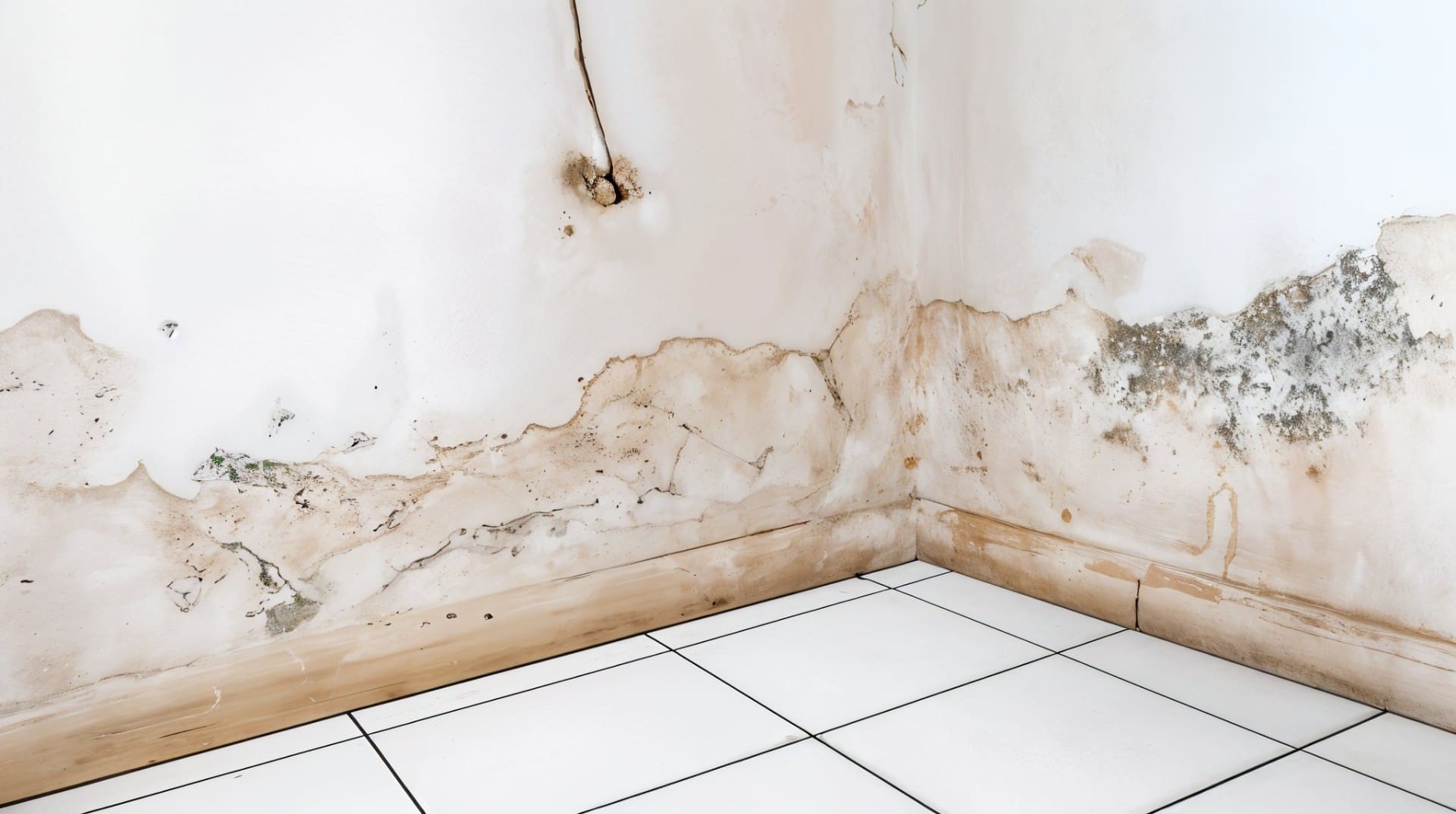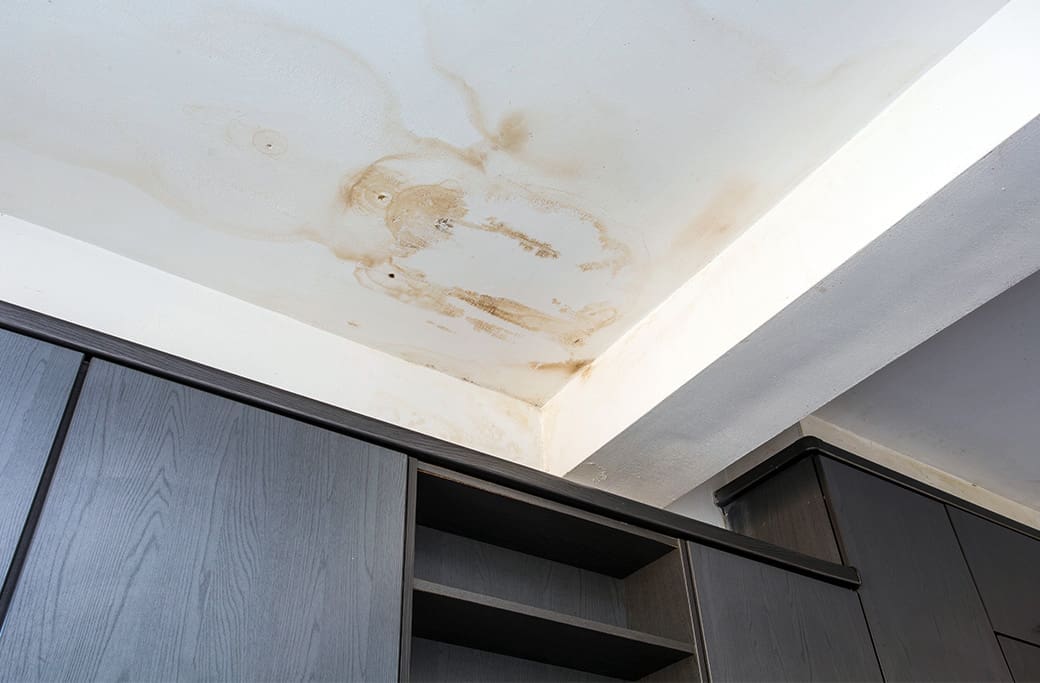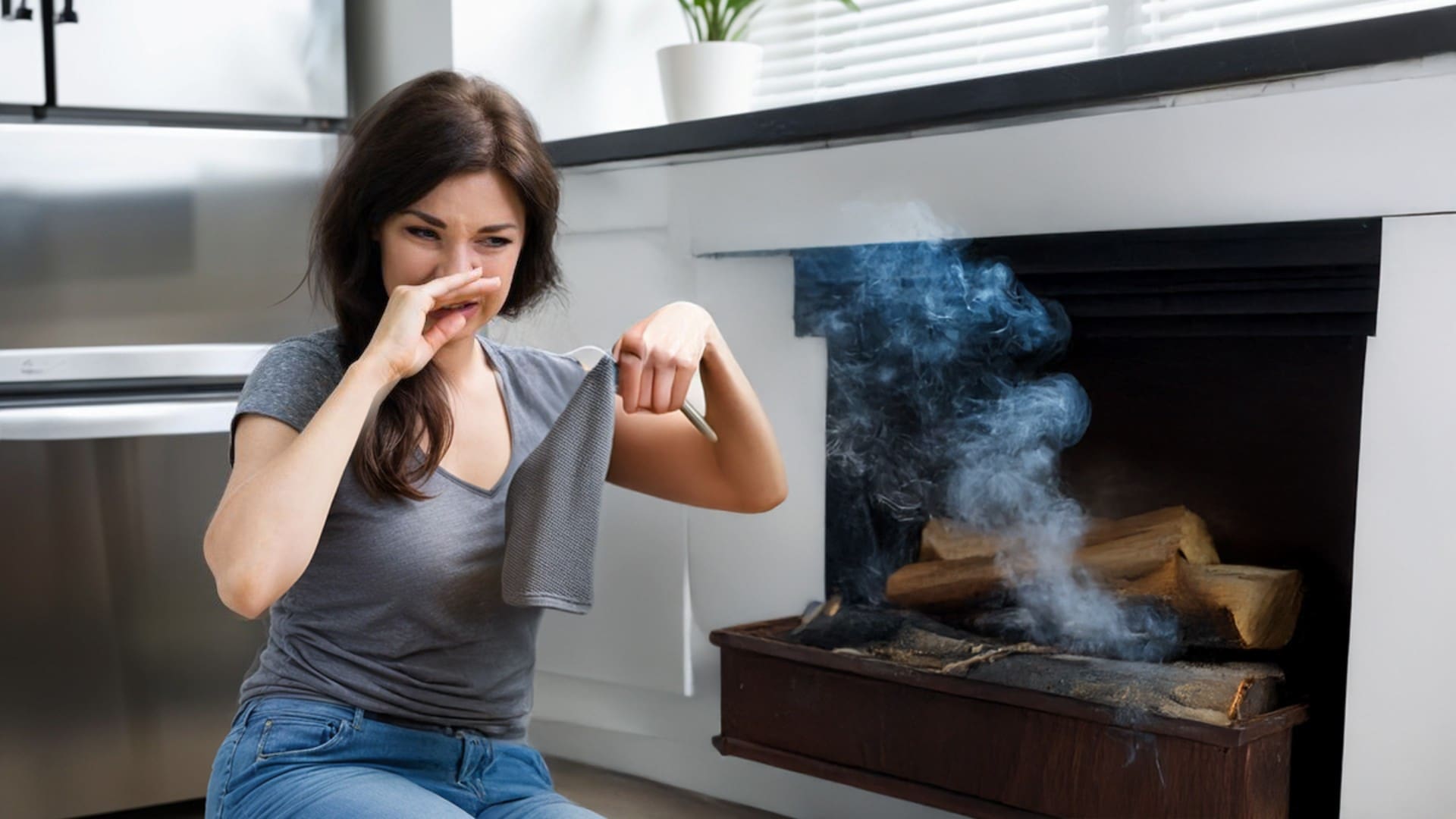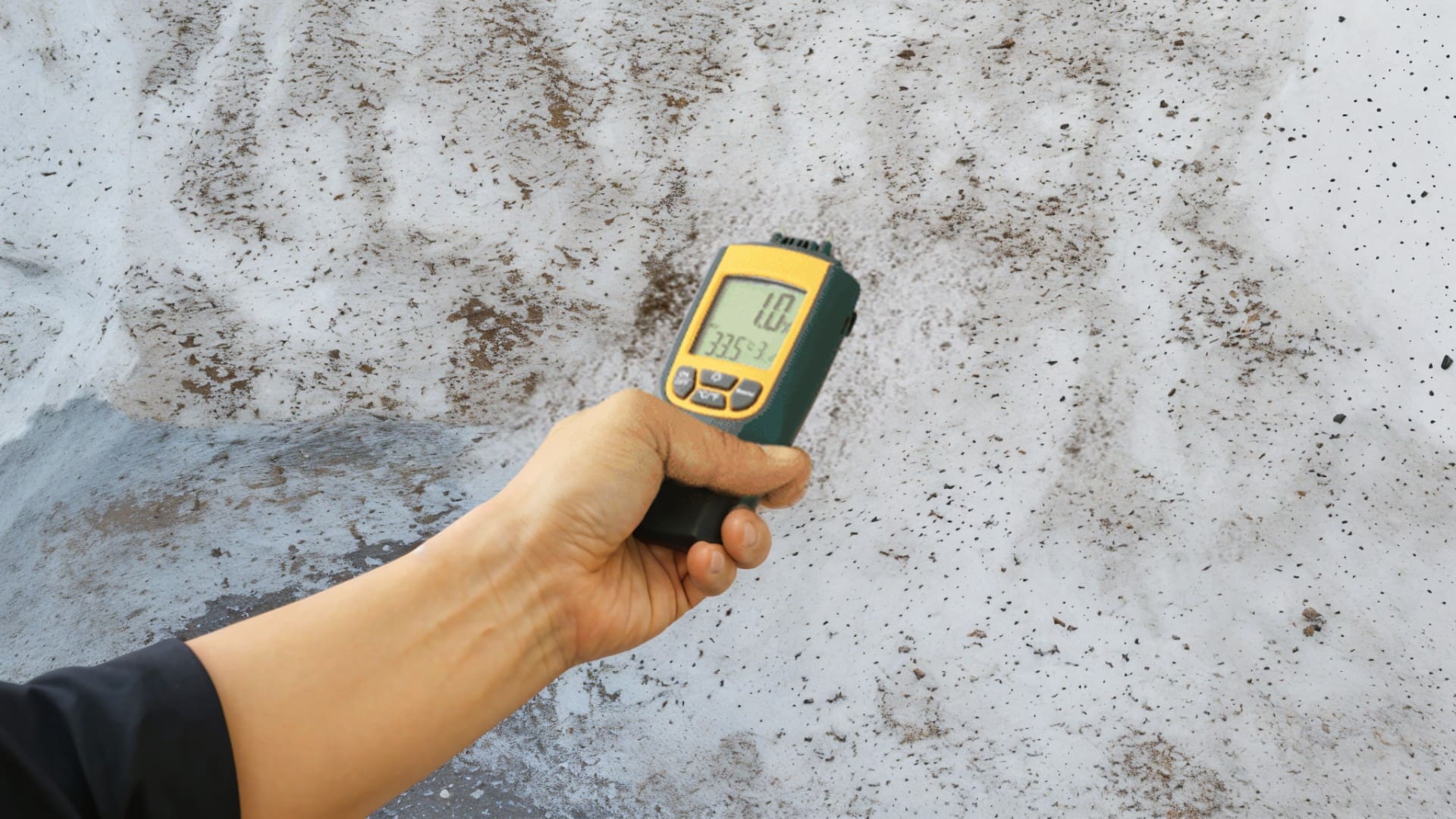
Water damage is one of the most common and costly problems homeowners face, and drywall is especially vulnerable. Often hidden behind paint or wallpaper, drywall can silently absorb moisture and deteriorate over time—creating the perfect environment for mold, structural damage, and health hazards. Recognizing the signs of water damage early can save you from costly repairs and major headaches.
In this post, we’ll break down the key indicators of water damage in drywall, what causes it, and why STOP Restoration should be your first call when water intrudes on your walls.
Why Drywall Is Susceptible to Water Damage
Drywall is made of gypsum—a soft, porous material sandwiched between sheets of paper. While it’s affordable, easy to install, and widely used in construction, it’s also highly absorbent. When exposed to moisture, drywall can warp, stain, crack, or even collapse. Prolonged exposure can lead to rot and mold growth, posing health risks to your family.
Common sources of water intrusion include:
- Roof leaks
- Plumbing failures
- Flooding
- Poor ventilation in humid areas (like bathrooms or basements)
- Cracks in the foundation or exterior walls
Top Signs of Water Damage in Drywall
Here are the most telltale signs that your drywall has been compromised by water:
1. Discoloration and Stains
Brown, yellow, or rust-colored stains are a classic sign of water damage. These stains often appear as irregular blotches or rings, typically growing over time. You might see them around windows, ceilings, or corners—especially if the source of water is a roof or pipe leak.
2. Soft or Sagging Drywall
If your drywall feels soft to the touch, spongy, or seems to sag, water has likely saturated it. In some cases, you may even notice the drywall pulling away from fasteners or the framing. Sagging is an urgent red flag that structural integrity is compromised.
3. Bubbling or Peeling Paint
When water seeps into drywall from behind, it pushes outward on the paint or wallpaper. The result? Bubbling, peeling, or flaking paint. If you notice this in high-moisture areas or near plumbing fixtures, it’s time to investigate.
4. Visible Mold or Mildew
Mold thrives in moist, dark conditions—making wet drywall the perfect breeding ground. Mold might appear as black, green, or gray spots and often gives off a musty smell. If you spot mold on your walls, you likely have underlying water damage and potential air quality issues.
5. Cracks and Warping
Excess moisture can cause drywall to swell and eventually crack. You may see visible warping, bowing, or uneven surfaces, especially around joints or seams. Cracks may also form as the material dries unevenly or shifts from structural stress.
6. Musty Odors
Even if water damage isn’t visible, a persistent musty odor can signal mold or mildew behind the walls. This smell often indicates long-term moisture buildup, even in cases where leaks have gone undetected for months.
Why You Should Act Fast
Water damage is not just a cosmetic issue—it’s a threat to your home’s safety and livability. Ignoring the early signs can lead to:
- Structural damage to wood framing and insulation
- Toxic mold growth that can cause respiratory issues
- Electrical hazards if moisture reaches wiring
- Expensive repairs that could have been avoided with early intervention
That’s why you should always treat drywall water damage as an urgent issue. If you notice any of the above signs, it’s time to call in the professionals.
Trust STOP Restoration: The Premier Water Damage Restoration Company
When water damage strikes, you need fast, reliable, and expert help. That’s where STOP Restoration comes in.
STOP Restoration has earned its reputation as the industry leader in water damage restoration. Their experienced technicians are trained to assess damage thoroughly, identify the root cause, and restore your home to a safe, healthy condition—quickly and efficiently.
Here’s what sets STOP Restoration apart:
- Rapid Response Times: Their emergency teams are ready 24/7 to tackle water damage before it worsens.
- Advanced Moisture Detection Tools: They don’t just fix the surface—STOP uses industry-grade sensors and infrared cameras to detect hidden moisture behind drywall and other materials.
- Mold Remediation Experts: If mold is present, STOP’s certified professionals remove it safely, following EPA guidelines to protect your home and your health.
- Full-Service Restoration: From water extraction to drywall replacement and repainting, STOP handles every step of the process so you don’t have to juggle multiple contractors.
- Insurance Coordination: They work directly with your insurance company, simplifying the claims process and ensuring you get the support you need.
Prevent Future Water Damage
Once your drywall is restored, STOP Restoration can also help prevent future problems. They offer guidance on improving drainage, sealing leaks, and installing moisture barriers in vulnerable areas. Investing in prevention now can save thousands down the road.
Conclusion
Water damage in drywall is not always immediately visible, but early detection can protect your home and your family. Keep an eye out for stains, cracks, sagging, and musty smells—and if you notice any of these warning signs, don’t wait.
Call STOP Restoration, the trusted leader in water damage restoration, to assess and repair the issue with speed, professionalism, and peace of mind. With STOP, your home is in the best hands.
FAQ
1. How can I tell if my drywall has water damage?
Answer:
Look for common signs like discoloration (brown/yellow stains), soft or sagging areas, bubbling or peeling paint, mold spots, and a persistent musty odor. Any of these may indicate that moisture has infiltrated the drywall.
2. Is water-damaged drywall dangerous?
Answer:
Yes. Wet drywall can lead to mold growth, which poses health risks such as respiratory issues, allergic reactions, and asthma. Structurally, saturated drywall can also weaken your walls and ceilings, increasing the risk of collapse.
3. Can I repair water-damaged drywall myself?
Answer:
Small, surface-level damage might be DIY-repairable. However, if the drywall is soft, moldy, or visibly warped, it’s best to call professionals like STOP Restoration to ensure the moisture is fully removed and the wall is restored safely.
4. How quickly does drywall mold after water exposure?
Answer:
Mold can begin growing within 24 to 48 hours of water exposure, especially in warm, humid conditions. That’s why prompt inspection and drying are critical to prevent further damage.
5. Should water-damaged drywall always be replaced?
Answer:
Not always. If the damage is minor and the drywall hasn’t lost its integrity, it might be dried and treated. However, if it’s sagging, crumbling, or contaminated with mold, replacement is usually necessary.
6. What should I do immediately if I find water damage in my walls?
Answer:
Turn off the water source (if possible), avoid using electrical outlets in the affected area, and call a water damage restoration company like STOP Restoration immediately. Early intervention prevents costly repairs and mold issues.
7. How does STOP Restoration detect hidden moisture in drywall?
Answer:
STOP Restoration uses professional-grade moisture meters and infrared thermal imaging to locate hidden water behind drywall without invasive removal—ensuring accurate detection and complete drying.
8. Will my homeowner’s insurance cover drywall water damage?
Answer:
In many cases, yes—especially if the damage is sudden and accidental (e.g., from a burst pipe or appliance failure). STOP Restoration works directly with insurance providers to simplify claims and documentation.
9. How long does it take to repair water-damaged drywall?
Answer:
The timeline depends on the extent of the damage. Minor repairs may take a day or two, while more extensive restoration involving mold removal and wall replacement could take several days. STOP Restoration provides a clear timeline after assessment.
10. How can I prevent drywall water damage in the future?
Answer:
Regularly inspect your plumbing, roof, and gutters. Use dehumidifiers in humid areas and seal potential water entry points. STOP Restoration also offers preventive consultations to help homeowners reduce future risks.




